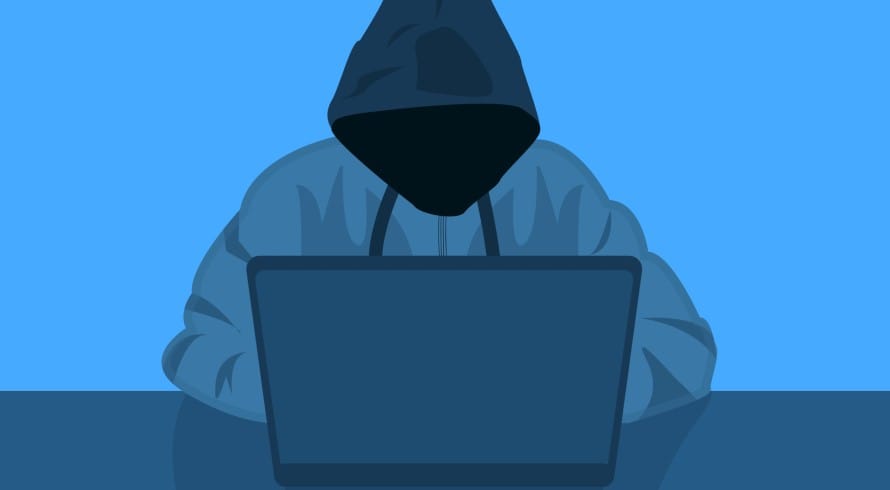
Ransomware is responsible for over 21% of cyberattacks. It is widely used by enterprising hackers to get money from organizations because independent ransomware removal can be challenging for companies unless they have a cybersecurity wing.
With ransomware attacks, encrypted malware holds the information for ransom, so the companies cannot access their applications, files, and databases. For this reason, it is important to protect your company’s data and prevent ransomware attacks!
1. Security Awareness Training
A cybersecurity checklist is incomplete without awareness of ransomware attacks and malicious software. This is because if the company’s employees are unaware of how to handle the phishing emails, they will open the attachments and allow the activation of the ransomware unknowingly. For this reason, security awareness training is critical, and it must be conducted twice or thrice a year.
The awareness training should include the potential cyberattacks on the internet and ways to spot such hacking attempts. In addition, a clear action plan should be designed to follow in case of a security breach. Last but not least, it’s important to design simulations to test the employees’ familiarity with ransomware attacks and the action plan.
2. Online and Offline Data Backups
Online backups are more convenient for the companies, but once the company’s server is hacked, it will be impossible to access the online data. For this reason, your company’s data should be backed up in USB drives as well; this will help keep the business running even when the online backup and servers have been erased by ransomware. In addition, it’s a great way of resuming business activities without paying ransomware money.
3. Keeping an Inventory
It is important to keep an inventory of software and hardware assets of the network, including the apps, software, and devices. Proper information about the inventory will help identify the compromised device to ensure immediate isolation and prevent the malware/ransomware from spreading on the network. For producing the inventory, it’s suggested to build a list of hardware and software equipment being used by the company and keep track of the activities.
4. Ensuring On-Time Updates
Software companies usually use updates and patches to fix security vulnerabilities. It is suggested to opt for auto-updates on every app and software, so the system is updated with the latest version update. This is because outdated apps and software are easier to hack since there are security loopholes.
5. Not Opening the Links
Phishing emails with links are a common way of conducting a ransomware attack on a device. However, these links also spread through text messages and social media websites. For instance, if one account has been hacked, the entire contact list will receive malicious links. So, if you ever receive a link, do not click on it unless it’s an authorized website link.
6. Anti-Spam Filters
There are different variants of ransomware, and they spread through emails disguised as attachments, such as Word files, Excel spreadsheets, ZIP folders, and PDFs. In simpler words, the hackers use the file formats that are regularly used by the business to increase the chances of getting the files opened.
To prevent this issue, you need to switch on anti-spam filters and configure the business server to block emails that have specific attachments and file extensions. In addition, the anti-spam filters can be integrated with the threat intelligence platform as it helps track the threat-related data to ensure an on-time response.
7. Be Careful About Email Attachments
The majority of companies fall into ransomware attacks through phishing emails. This is because the hackers create well-engineered emails pretending to be law enforcement, government, or banking agencies. This is because such emails create a sense of urgency in the users, resulting in quick actions by the user. So, whenever you receive such emails, cross-check the sender to check the authenticity of the email.
8. Password Management
Around 90% of SMEs use a combination of account credentials that are sold on the dark web, which are easier for the hackers to infiltrate the account, making ransomware removal extremely challenging. For this reason, companies need to strengthen their IT security by using unique and strong passwords.
The passwords should be a combination of lowercase and uppercase alphabets, symbols, letters, and numbers. This is because such passwords are hard to decode.
Secondly, it is suggested to implement multi-factor authentication because the OTPs protect the account from unauthorized access. Even if the hackers have your password, they won’t be able to access the data because the system will require authentication codes to provide access to the data.
9. Minimize the Use of Remote Services
The usage of the remote desktop protocol is increasing, but it has also increased the chances of ransomware attacks via remote services. It is suggested to disconnect the remote services to prevent attack execution, particularly when you aren’t using them. In addition, you should create private, password-protected ports to prevent unauthorized access.



